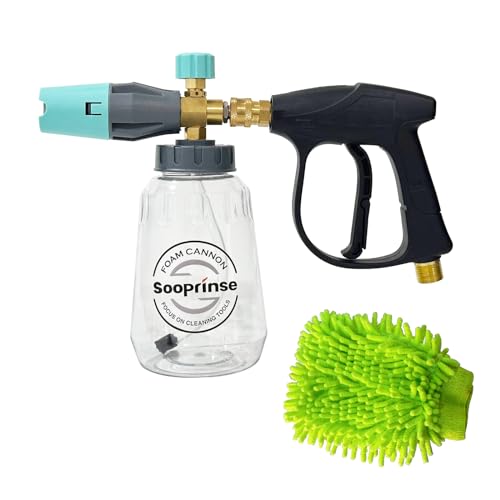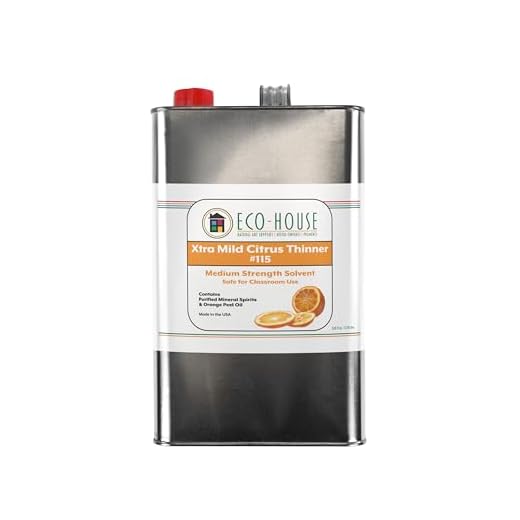

Mixing household chemicals meant for exterior applications with high-performance cleaning tools is a topic that stirs debate among enthusiasts and professionals alike. For those considering the addition of a chlorine-based sanitizer to a high-pressure cleaning system, caution is paramount. Directly employing such substances can result in damaging the machinery and compromising safety.
My decade-long experience in the cleaning equipment industry has taught me invaluable lessons. Most high-capacity wash systems are primarily designed for water and specialised detergents, not harsh chemicals typically found in outdoor sanitising products. Introducing these agents can lead to corrosion of internal components, affecting performance and longevity.
When tackling tough stains or mould on outdoor surfaces, opting for detergents specifically formulated for high-powered devices remains the safest route. Always refer to manufacturer guidelines for the best cleaning practices, ensuring the integrity of your equipment and achieving the desired results without risking unnecessary damage.
Understanding the Composition of Outdoor Bleach
The typical formulation of cleaning agents designed for exterior use includes several key components. Chlorine-based compounds are often the primary active ingredient, renowned for their ability to remove tough stains and kill harmful bacteria.
In examining the individual constituents, the following elements are noteworthy:
- Sodium Hypochlorite: This is the principal whitening agent. It effectively penetrates organic materials, breaking down their structure.
- Water: Acts as a solvent, diluting the active ingredients for ease of application.
- Surfactants: These increase the spreadability of the solution, aiding in the bond between the cleaning solution and the surface of the target.
- Stabilisers: Added to prolong the shelf life of the formulation, ensuring that it remains effective over time.
When considering application methods, one must take into account the concentration of sodium hypochlorite, which can vary significantly. Dilution ratios are crucial for safety and effectiveness; generally, a weaker solution suffices for most exterior cleaning tasks.
Stability is another factor–exposure to sunlight and air can degrade the active ingredients, leading to a reduction in cleaning power. Therefore, storing any unused solution in a cool, dark place is advisable.
Compatibility with surfaces matters as well. While it excels on masonry and some fabrics, cautious application is necessary on painted or wooden surfaces to avoid damage.
In summary, understanding the chemical makeup of these cleaning solutions enables informed choices regarding safe applications and expected outcomes. Proper handling and dilution practices can vastly improve efficiency in cleaning tasks.
Compatibility of Bleach with Pressure Washer Components
Using chlorine-based cleaning solutions can significantly affect the longevity and performance of your machinery. Many components, particularly seals, hoses, and fittings, may corrode when exposed to such substances over time. It’s vital to ensure that your appliance is certified for compatibility with these chemicals.
Materials like plastic or brass tend to resist damage, while rubber seals and gaskets can degrade, leading to leaks. Always refer to the manufacturer’s guidelines for recommended cleaning agents; these specifications often provide clarity on acceptable solutions. Conducting a compatibility test on a small area can also help identify potential adverse reactions before extensive usage.
Additionally, regular rinsing of the equipment post-use is prudent. This practice minimizes residue accumulation, ensuring that harmful effects are mitigated. Consider using protective additives designed specifically for your cleaning device to shield against chemical interaction.
Lastly, proper storage of your cleaning machines in a controlled environment protects them from unwanted chemical exposure, extending their operational lifespan significantly. Always stay informed about the latest innovations in compatible materials and chemical products for better maintenance and care of your equipment.
Recommended Dilution Ratios for Outdoor Cleaning Agents
For optimal results with outdoor cleaning agents in a high-pressure cleaning system, a dilution ratio of 1:10 is generally advisable. This means mixing one part cleaning agent with ten parts water. This dilution offers a balance, ensuring effective cleaning without risking damage to surfaces or equipment.
Specific Ratios for Various Surfaces
Different surfaces may require tailored approaches:
- Concrete and Brick: Use a 1:5 ratio for tough stains, ensuring thorough penetration.
- Wooden Decks: A more diluted solution of 1:20 helps prevent damage while still targeting mould and mildew.
- Vinyl Siding: A 1:10 mix maximises cleaning efficacy while safeguarding the material.
Adjustments Based on Cleaning Conditions
In cases of heavy soiling, ratios can be adjusted stronger, to around 1:8. After achieving satisfactory cleanliness, always rinse extensively to remove residues and maintain surface integrity. Always follow the manufacturer’s instructions and local regulations regarding chemical use for the best results.
Safety Precautions When Using Bleach in a Pressure Washer
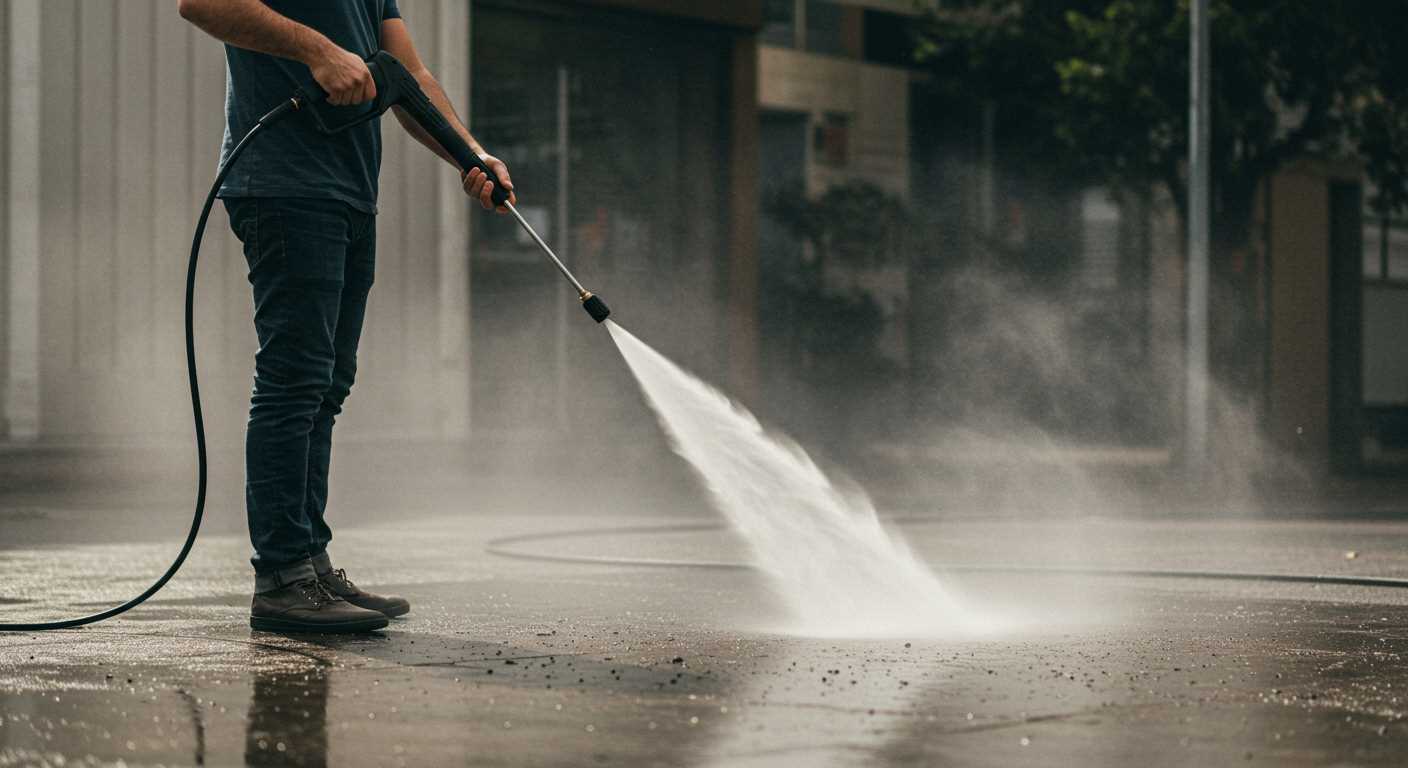
Always wear appropriate personal protective equipment (PPE) such as goggles, gloves, and a mask to avoid skin and eye contact as well as inhalation of harmful vapours. Ensure the work area is well-ventilated to minimise exposure. Bleach solutions can create dangerous fumes, particularly when mixed with other cleaning agents.
Storage and Handling
Store any bleach product securely, away from children and pets. Use designated containers that clearly label the contents. Be cautious during mixing and application–overexposure can lead to burns or respiratory issues. Avoid using metal or uncoated plastic containers, as bleach can corrode certain materials.
Environmental Considerations
Be mindful of the impact on local ecosystems. Rinse any surfaces thoroughly after cleaning to prevent runoff that could harm plants and wildlife. Consider using a nozzle that minimises overspray. Dispose of any excess mixtures responsibly, following local regulations for hazardous waste.
Alternative Cleaning Solutions for Pressure Washers
For effective outdoor cleaning, various alternatives exist to enhance detergency while maintaining safety for equipment. Organic compounds and biodegradable solutions offer environmentally friendly options without compromising performance.
Natural Solutions
Citrus-based cleaners provide excellent grease-cutting properties and leave a pleasant scent. These biodegradable products break down quickly and are non-toxic, suitable for various surfaces. Enzyme-based cleaners excel in breaking down organic materials like dirt and grime, ideal for surfaces sensitive to chemical agents.
Commercial Detergents
Several reputable brands offer detergents intended for machines. These products are specifically formulated to maximise effectiveness without damaging components. Look for ones designed for the equipment type, as formulations can differ based on application needs.
| Type of Cleaner | Benefits | Considerations |
|---|---|---|
| Citrus-based | Non-toxic, pleasant aroma | May require more rinsing |
| Enzyme-based | Efficient on organic stains | Longer dwell time needed |
| Commercially formulated | Optimised for machine use | Cost may be higher |
Selecting the right alternative requires assessment of cleaning needs, surface types, and desired environmental impact. Testing a small area first ensures compatibility and effectiveness. Always adhere to manufacturer guidelines for optimal results.
Impact of Bleach on Different Surfaces
The suitability of chlorine solutions varies significantly across surface types. For wooden decks, the harshness of these cleaners can cause discolouration and deterioration. I recommend avoiding their application on untreated wood, as the chemical can penetrate and weaken the structure.
Concrete surfaces generally react better, although prolonged exposure may lead to pitting and eventual crumbling. It’s advisable to rinse thoroughly after application to mitigate potential damage. Always test a small, inconspicuous area first.
Vinyl siding can withstand these cleaners but be cautious; concentrated solutions may lead to fading or yellowing over time. A diluted mixture is preferable for maintaining appearance.
Brick and stone surfaces usually have good resistance to chlorine compounds, but the mortar joints may weaken if exposed too frequently. Maintenance in these areas is vital; rinsing helps to protect the integrity.
Lastly, glass surfaces will not be adversely affected, but care should be taken to prevent streaks. Rinsing well will help achieve a clear finish. When considering different materials, always prioritise compatibility and follow specific preservation guidelines to maintain surface integrity.
Step-by-Step Guide to Using Bleach in a Pressure Washer
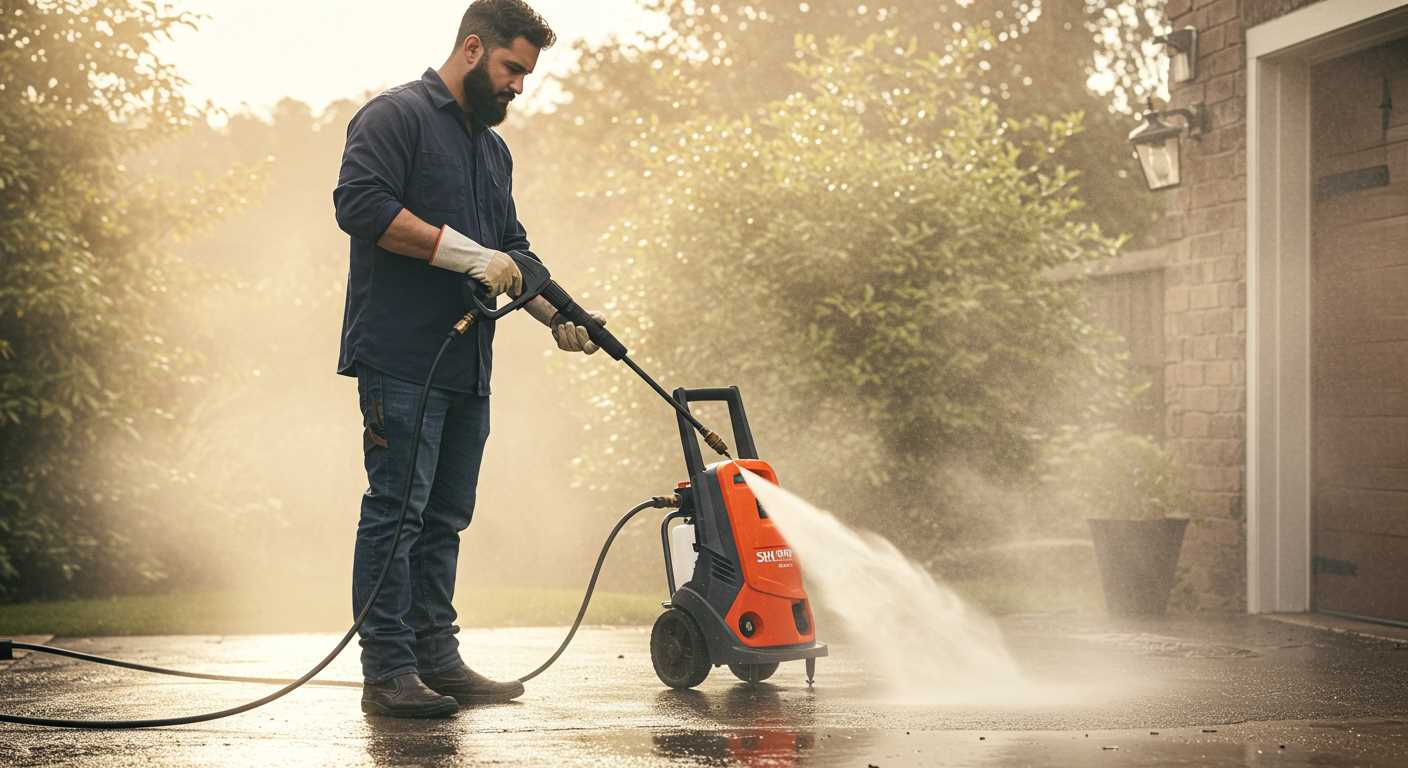
Before proceeding with incorporating a sodium hypochlorite solution into your cleaning device, prepare to follow these crucial steps for optimal results.
1. Gather Required Materials
Ensure you have the following:
- Suitable cleaning equipment
- Bleach solution
- Water source
- Measuring vessel
- Protective gear (gloves, goggles)
2. Proper Dilution
Mix the bleach with water in the recommended ratio, typically between 1:10 and 1:20. Always add the chemical to the water, not the other way around, to prevent splashing.
3. Fill the Cleaning Tank
Carefully pour the diluted solution into the tank designated for cleaning agents. Avoid overfilling to prevent spills during operation.
4. Set Up and Adjust Equipment
Connect your device to a water source and ensure all connections are secure. Adjust settings to the appropriate pressure and spray pattern for your specific task.
5. Test the Solution
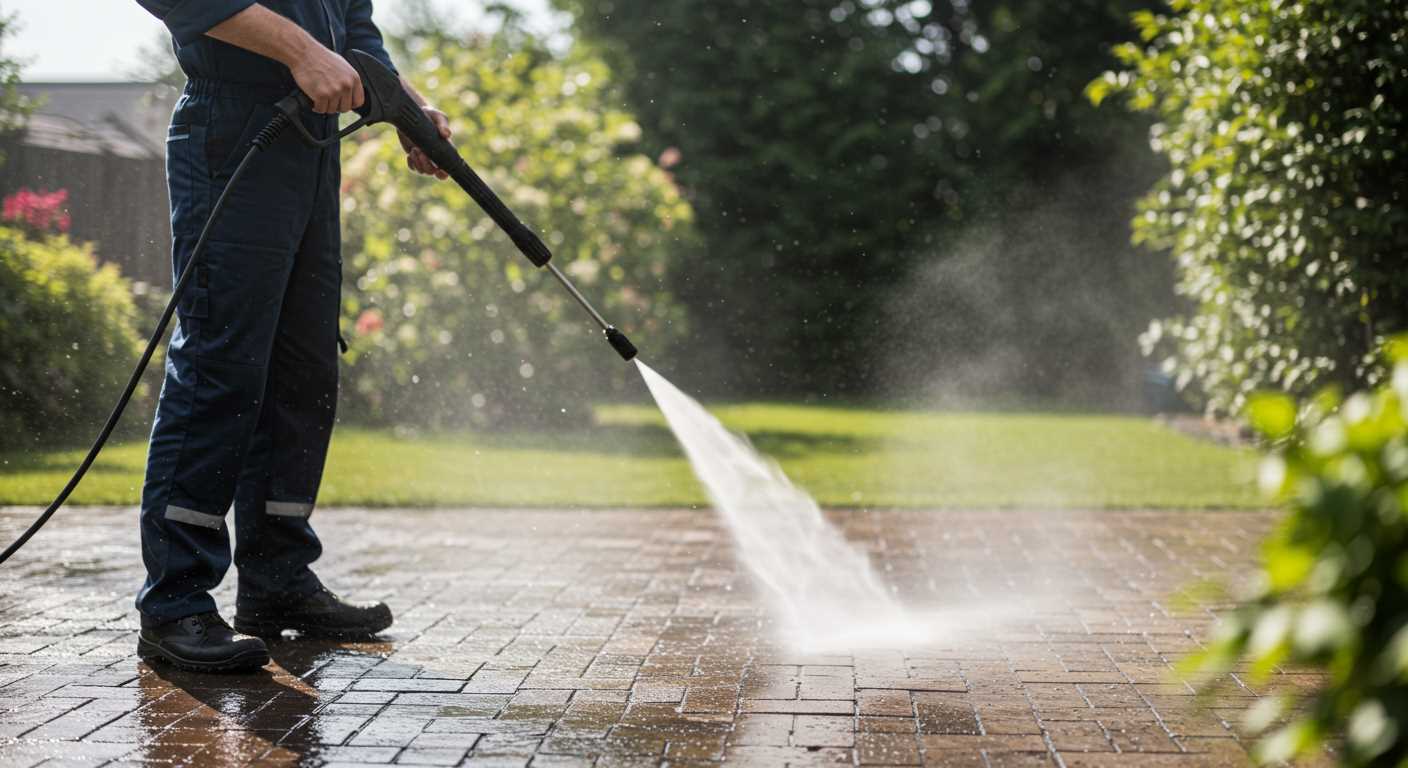
Before tackling a large area, perform a test spray on a small, inconspicuous section of the surface to check for potential damage or discoloration.
6. Begin Cleaning
Engage the device and apply the hypochlorite solution evenly. Maintain a consistent distance from the surface and use smooth, back-and-forth motions.
7. Rinse Thoroughly
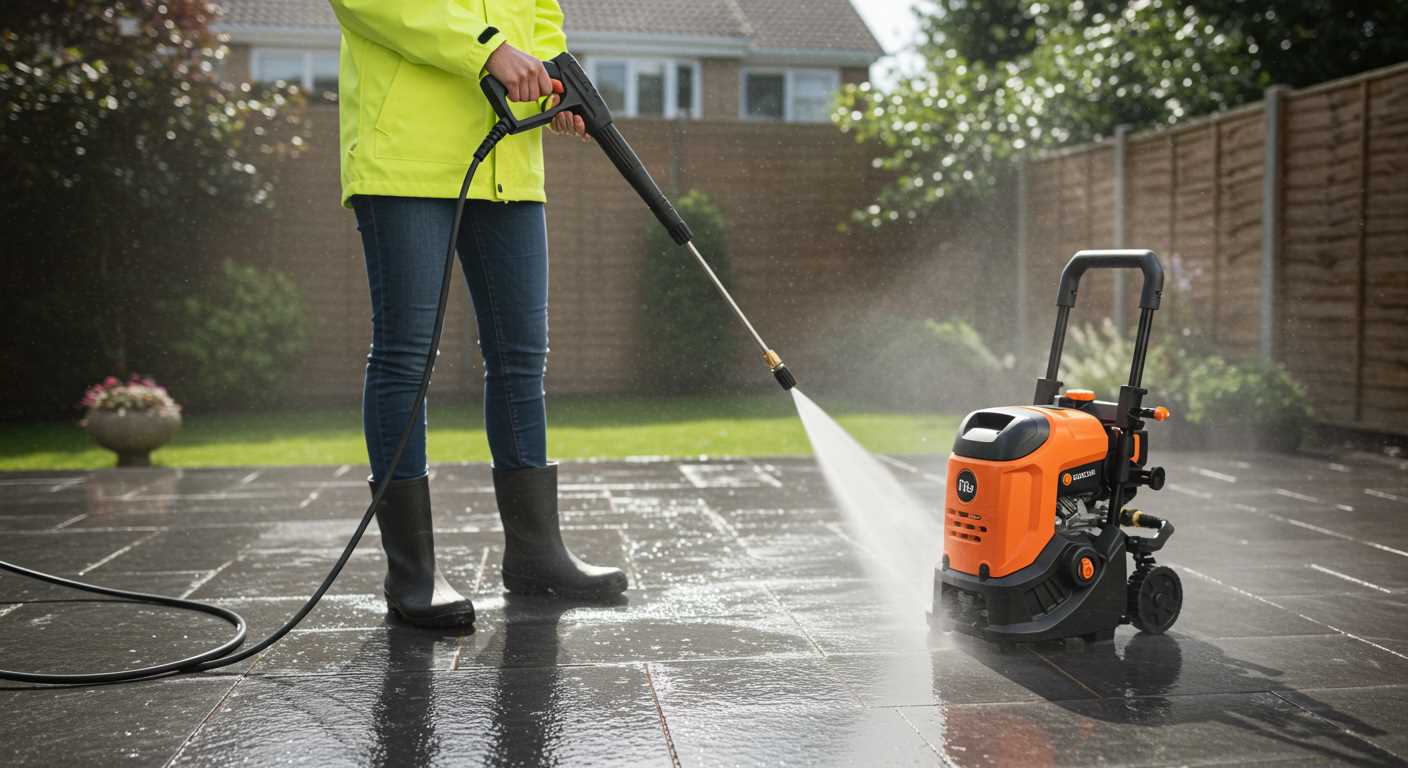
After allowing the solution to sit for a few minutes, rinse the area thoroughly with clean water to eliminate any residual chemical. This step is critical to prevent surface degradation.
8. Clean Up
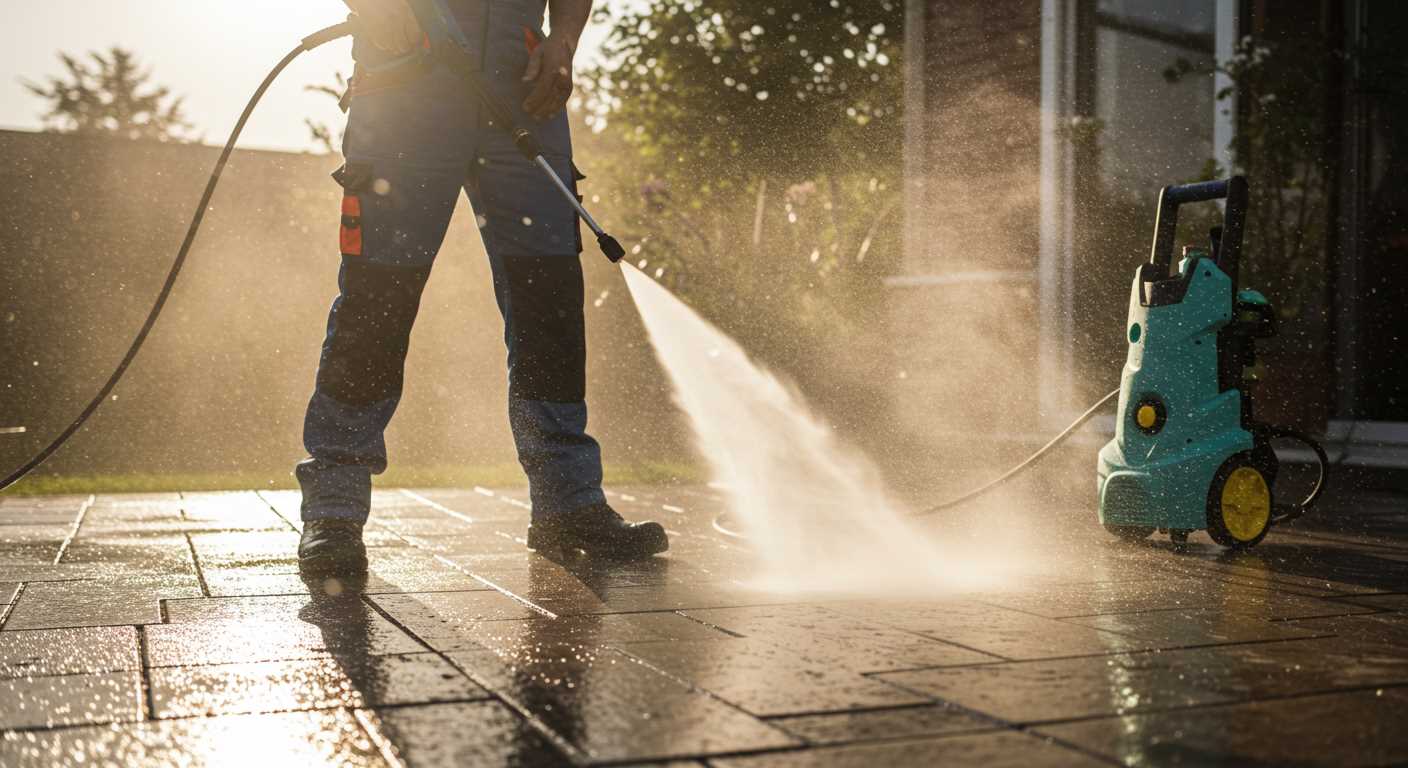
After completing the task, clean your equipment immediately to remove any residue, preventing damage and ensuring longevity.
9. Store Safely
Store any remaining solution securely away from children and pets, and follow local regulations for disposal if necessary.
Implementing these practical steps will enhance the cleaning efficiency while maintaining the integrity of your surfaces and equipment.
Tips for Properly Cleaning Your Pressure Washer After Use
After finishing a cleaning session, it’s crucial to maintain the equipment for its longevity and optimal performance. Here are key steps to follow:
1. Flush the System
- Immediately after use, run clean water through the machine for several minutes. This helps remove any residual chemicals or debris.
- Ensure both the inlet and outlet are flushed. It prevents clogs and maintains water flow efficiency.
2. Detach Components
- Remove the spray gun, nozzles, and hoses for individual cleaning.
- Inspect for any signs of wear or damage. Replace if needed.
3. Rinse Nozzles and Filters
- Soak nozzles in a vinegar solution to dissolve any built-up residue.
- Check and clean the filter. A clogged filter restricts water flow and impacts performance.
4. Store Properly
- Ensure the unit is stored in a dry, sheltered space to prevent rust and damage.
- Coil hoses loosely to avoid kinks and stress points.
5. Periodic Maintenance
- Schedule routine checks, examining seals and connections for leaks.
- Keep an eye on the engine oil levels and change as needed.
Adhering to these practices not only prolongs the lifespan of the machine but also ensures that each cleaning task is executed with efficiency and effectiveness.



